Facebook
Twitter
LinkedIn
Pinterest
Reddit
Email
Print
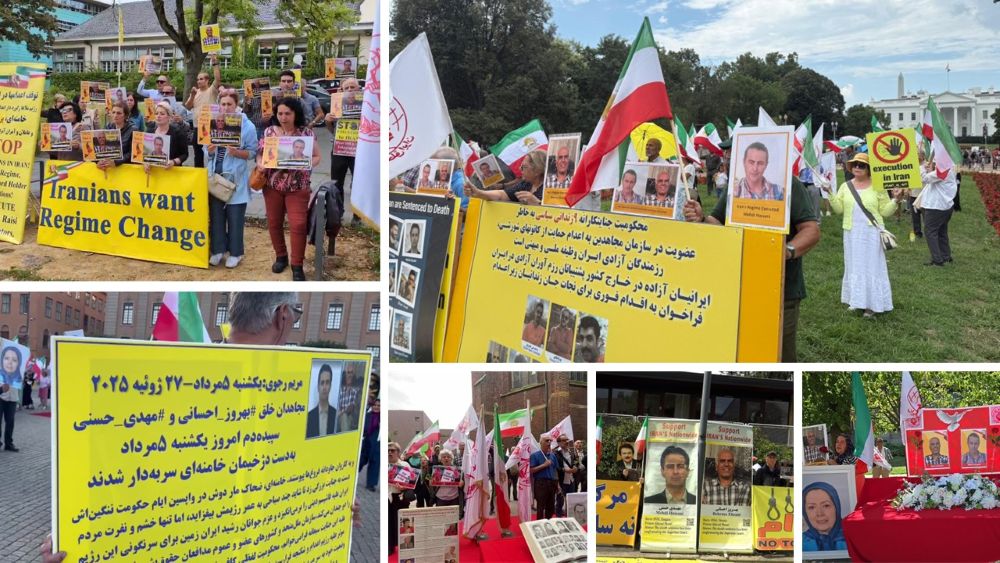 Global Outcry Grows: Iranian Rally in U.S., Canada and Europe After Execution of Mehdi Hassani and Behrouz Ehsani
Global Outcry Grows: Iranian Rally in U.S., Canada and Europe After Execution of Mehdi Hassani and Behrouz Ehsani
THIS PAGE WILL BE UPDATED WITH THE LATEST NEWS
UPDATE: 8:00 AM CEST
Iran’s regime escalates war on political prisoners in fear of uprisings

The Iranian regime is intensifying its war on political prisoners, unleashing a wave of abductions, torture, and executions inside its dungeons. This brutal campaign, carried out under the presidency of Masoud Pezeshkian, is not a demonstration of strength but a calculated strategy born from the regime’s profound fear of a defiant populace and its organized resistance. The escalating terror tactics inside prisons are creating an atmosphere grimly reminiscent of the summer of 1988, signaling to the world that another crime against humanity may be imminent.
Bloodshed in Ghezel Hesar: Iran’s regime raids prison to execute and exile Resistance figures
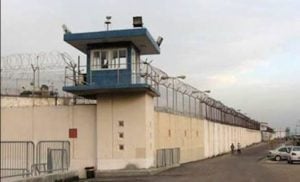
In a premeditated act of terror, the Iranian regime has unleashed a new wave of savage repression inside its dungeons against political prisoners. On the morning of Saturday, July 26, 2025, security forces stormed the political prisoners’ ward in Ghezel Hesar prison in a brutal operation designed to murder, silence, and intimidate.
The raid was a calculated military-style assault. Over 100 armed prison guards, accompanied by intelligence agents and acting on the direct orders of prison chief Allah Karam Azizi and his deputies Hassan Ghobadi and Esmail Farajnejad, stormed Unit 4.
“How Fiercely We Cling to Life” – A Prison Letter from Golrokh Ebrahimi Iraee on the Execution of Two Political Prisoners

On July 27, 2025, the Iranian regime executed two political prisoners—Behrouz Ehsani and Mehdi Hassani—in silence and without due process, announcing their deaths through a news ticker on state television. From inside the walls of Qarchak Prison, political prisoner and writer Golrokh Ebrahimi Iraee penned this powerful and heartbreaking testimony. In it, she captures the collective mourning, defiance, and enduring spirit of resistance shared among incarcerated activists.
Qarchak Prison’s Female Political Prisoners Protest Secret Executions in Iran
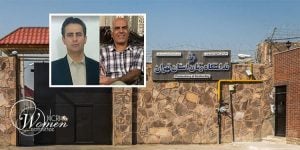
On the evening of Sunday, July 27, 2025, a group of female political prisoners in Qarchak Prison in Varamin held a protest ceremony condemning the sudden executions of two political prisoners, Mehdi Hassani and Behrouz Ehsani, in Ghezel Hesar Prison earlier that day. Both men were executed at dawn without prior notice to their families and in the absence of fair legal procedures.
The memorial event included the singing of resistance songs such as “Blood of the Judas Trees” and chants like “We stand until the death penalty is abolished” and “Death to the dictator”—a slogan that once again echoed from deep within one of Iran’s most notorious prisons.
Atefeh Amini, 35, Executed in Yazd Central Prison
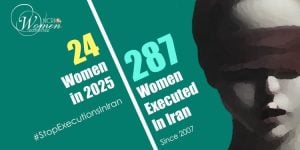
Atefeh Amini had been arrested five years earlier on charges of murdering her husband. Following a judicial process, she was sentenced to qisas (retribution-in-kind), a form of capital punishment under the laws of the clerical regime.
As of this report, no official confirmation or coverage of her execution has been issued by the Iranian regime state media or judiciary-affiliated outlets. With the execution of Atefeh Amini, the number of women executed in Iran in 2025 has risen to 24 in just seven months.
Global Outcry Grows: Iranian Rally in U.S., Canada and Europe After Execution of Mehdi Hassani and Behrouz Ehsani
July 27, 2025 — Outrage continues to mount after the Iranian regime executed two political prisoners—Behrouz Ehsani and Mehdi Hassani, both members of the People’s Mojahedin Organization of Iran (PMOI/MEK). As news of the executions spread, Iranian communities and supporters of the National Council of Resistance of Iran (NCRI) expanded their protests across the globe.
Despite Global Protests on the Eve of Execution, Iranian Regime Executes Political Prisoners
On July 27, 2025, the Iranian regime executed political prisoners Mehdi Hassani and Behrouz Ehsani—supporters of the People’s Mojahedin Organization of Iran (PMOI)—ignoring widespread international appeals and protests. Just one day earlier, on July 26, freedom-loving Iranians across the globe organized coordinated rallies and exhibitions to try to stop the executions.
The World Remained Silent While the Executioners Led Innocents to the Gallows
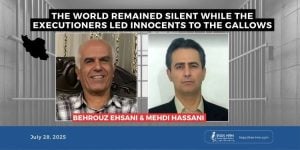
While international organizations, human rights defenders, and families of political prisoners had been working for months to prevent political executions, at dawn on Sunday, July 27, 2025, the ruling regime in Iran led to the gallow two political prisoners, Mehdi Hassani and Behrouz Ehsani, in silence, without notifying their families, without granting them a final visit, and in blatant violation of judicial fairness.
At the same time, special forces, under the command of security officials, raided the political wards of Qezel Hesar Prison. Dozens of prisoners were beaten and transferred to solitary confinement. Saeed Masouri, the longest-held political prisoner in Iran, was suddenly and unlawfully exiled to Zahedan Prison—a transfer that fellow inmates call the beginning of a new “silent massacre.”
Iran’s Economy in Crisis: Investment Collapse and Soaring Inflation
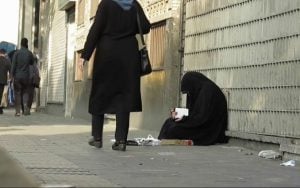
Iran’s economy is trapped in a vortex of structural crises and foreign tensions—a situation that offers no clear path to recovery and instead reveals deeper signs of collapsing economic and social resilience. Official and field data indicate runaway inflation, declining investment, shrinking market activity and business operations, and an increasing inability of households to meet basic needs.
The increase in prices of essential goods, especially food, has gone beyond what can be labeled as mere “price hikes”—it has become a full-fledged economic shock. Official data show that from last winter until June 21, prices of items like rice, beans, and lentils have surged by at least 70%.
Retirees Return to the Streets Across Iran Chanting “We Refuse to Live Under Oppression”
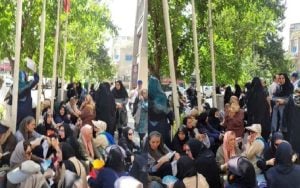
On Sunday, July 27, retirees from the Social Security and Education sectors took to the streets once again in various cities across Iran—from Tehran to Rasht, Arak, and Kermanshah—to raise their voices in protest against poverty, corruption, and the injustice of the regime.
On Sunday morning, retired teachers gathered in front of the Ministry of Education in Tehran to express their anger over repeated broken promises by Iran’s regime and the failure to pay their retirement bonuses. One protester shouted, choking back emotion: “If they don’t pay our bonus, I will set myself on fire.” With chants like “Incompetent minister, resign, resign,” the demonstrators condemned the regime’s structural corruption and inefficiency.
The Signature Behind the Executions: How Iran’s Supreme Leader Holds Ultimate Responsibility for Capital Punishment
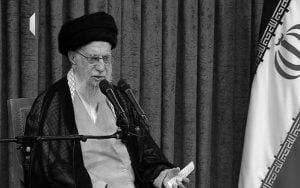
In the Iranian regime, executions have become a grim and near-daily occurrence, woven so deeply into the country’s political and judicial landscape that the word “Iran” has become almost synonymous with “execution” in the global human rights discourse. The Iranian regime’s record, both domestically and internationally, continues to deteriorate with each new report of state-sanctioned killings, prompting growing outrage and scrutiny from human rights organizations and foreign governments alike.
Yet the reality behind Iran regime’s machinery of death is more complex than a mere accumulation of judicial rulings. Beneath the surface of each execution lies a rigid power structure that leads directly to the office of Iran regime’s Supreme Leader, currently Ali Khamenei — the man who holds the ultimate authority not only in political and religious matters, but also in matters of life and death.
Also, read Iran News in Brief – July 28, 2025